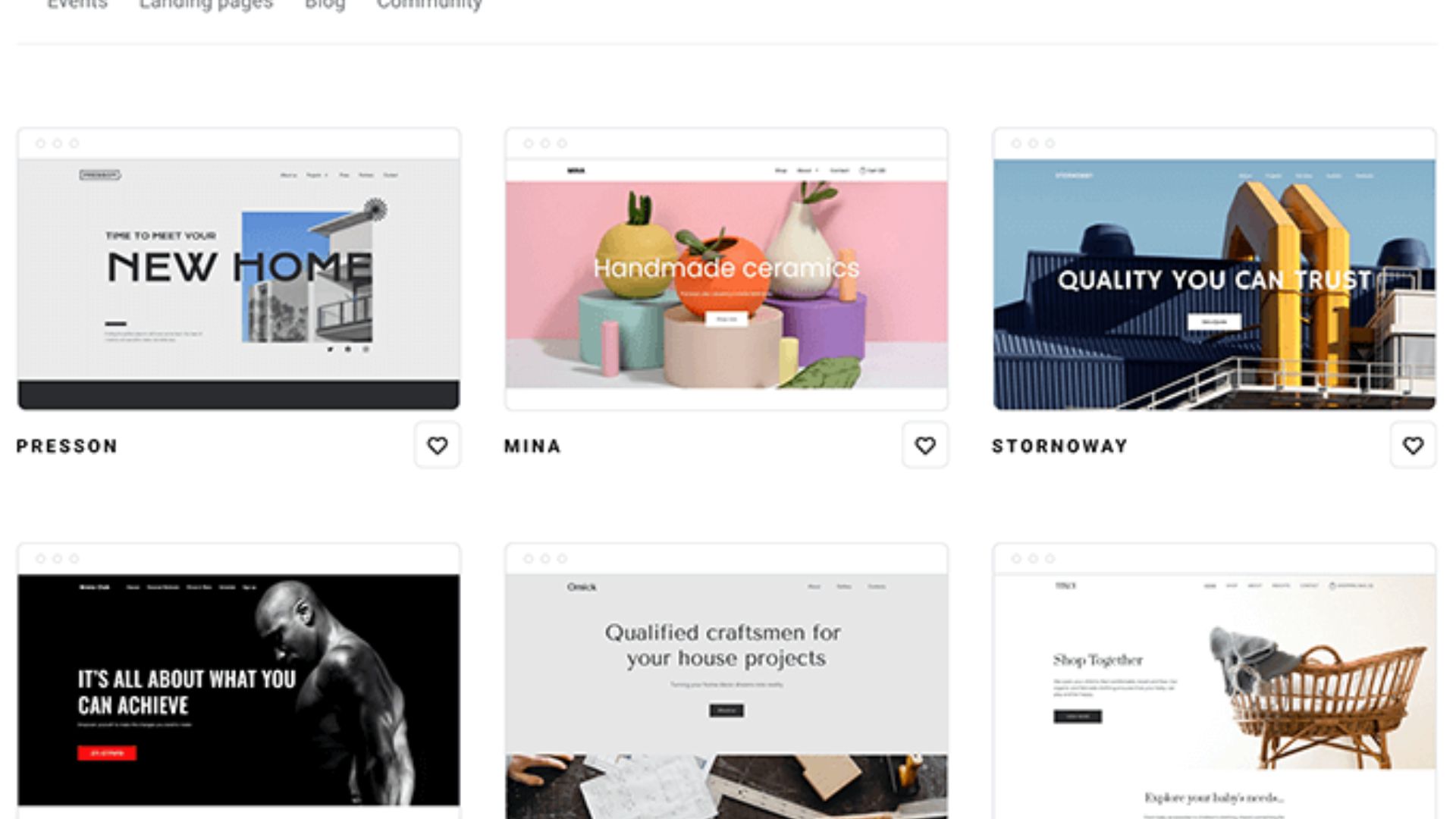Several website analytics platforms are available to provide valuable insights into website performance, user behavior, and other key metrics. Here are a few popular website analytics platforms worth exploring:
- Google Analytics: Google Analytics is one of the most widely used website analytics platforms globally. It offers a comprehensive range of features, including traffic analysis, conversion tracking, user flow visualization, and audience segmentation. Google Analytics integrates seamlessly with other Google products, making it a popular choice for businesses of all sizes.
- Adobe Analytics: Adobe Analytics is a robust analytics solution that provides detailed insights into website performance, customer journeys, and multi-channel marketing campaigns. It offers advanced features such as real-time data, predictive analytics, and audience segmentation. Adobe Analytics is known for its enterprise-level capabilities and integration with other Adobe Experience Cloud solutions.
- Matomo Analytics: Matomo (formerly known as Piwik) is an open-source web analytics platform that gives full control over data privacy and security. It offers features similar to Google Analytics, including real-time data, customizable dashboards, event tracking, and e-commerce analytics. Matomo allows businesses to host the analytics data on their servers, providing more control over data ownership and compliance.
- Mixpanel: Mixpanel is a user-centric analytics platform that focuses on user behavior and engagement. It offers features such as event tracking, user segmentation, funnel analysis, and cohort analysis. Mixpanel provides detailed insights into how users interact with a website or app, enabling businesses to make data-driven decisions to optimize user experiences and drive retention.
- Hotjar: Hotjar offers a wide range of website analytics and user feedback tools. It includes features like heatmaps, session recordings, surveys, and feedback polls. Hotjar provides visual representations of user behavior, helping businesses understand how users navigate and engage with their websites. This data can be used to identify areas for improvement and optimize conversions.
- Crazy Egg: Crazy Egg focuses on visual analytics, providing heatmaps, scroll maps, and click reports to visualize user behavior. It helps businesses understand which parts of a webpage are attracting attention and which areas may need improvement. With its user-friendly interface and visual representations, Crazy Egg makes it easy to derive actionable insights.
Each platform has its own strengths and features, and the choice depends on the specific needs, goals, and resources of the business. It’s essential to evaluate the requirements and consider factors like ease of use, scalability, pricing, and integration capabilities when selecting a website analytics platform.










